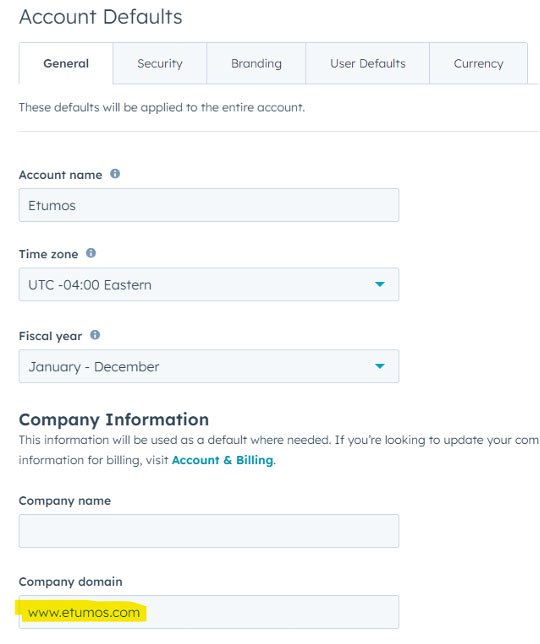Overview
Tracking your website’s engagement is critical in today’s landscape. Being able to see what your customers and prospective customers are engaging with can help you make more informed decisions in your marketing content and campaigns. HubSpot’s out of the box tracking code can allow you to gather website engagement while also managing the ever evolving internet privacy policies.
What is the HubSpot tracking code?
HubSpot’s tracking uses browser cookies. Every time a visitor lands on your website, HubSpot will check for an existing tracking cookie. If one does not exist, a cookie will be associated with that visitor and will log every page that person visits moving forward. This is also true for people who do not currently exist in your HubSpot database. Unknown visitors also get tagged with a cookie and once they fill out a form, all of their prior website activity will get associated with that new HubSpot person record.
What are the benefits of tracking website activity?
Being able to have website activity tracked can allow you to gain insight into what interests and needs your customers have. This can help you with prospective customers as well to create buyer specific pages with all of the information and knowledge they are looking for around your product. For your company, it can allow you to gain insight into what web pages are highly engaging and allow you to continue to iterate on your website design and content.
When should a company implement the HubSpot tracking code?
Ideally, the HubSpot tracking cookie should be part of the HubSpot implementation process. Being able to have this data as early as possible will allow you to gain more historical data for web activity. One thing to note during the implementation phase, is to check with your web and legal team on their web privacy policy and ensure you are following your company’s website compliance practices.
How should a company implement the HubSpot tracking code?
First, you will want to set up site tracking in HubSpot, this guide will help you in how to add your domain to your HubSpot instance. To add your domain just go to:
Settings -> Account Defaults -> General -> and enter your domain in the company domain field

Once you have added your domain to HubSpot, you will need to install the HubSpot tracking code on your website. You can provide this guide to your web team on how to install the code depending on what CMS your company uses.
However, your web team will need the tracking script which you can provide them by completing the following steps in HubSpot.
Settings -> Tracking code (located on the left hand navigation bar under account setup)

From there you can work with your web admin to either copy the embed code or set up the WordPress plugin (if your company uses WordPress).
Who should implement the HubSpot tracking code?
While the HubSpot admin can access the tracking code, the admin will have to work with their web team to get it added to the website. Your web team will know how to easily add the tracking code to your website as well as review any cookie/privacy concerns.
Conclusion
Web activity tracking is an imperative part of the initial marketing operations process. Having this implemented is usually in the early stage of the marketing operation maturity curve. But while it may seem basic, it can provide a lot of valuable insight. Don’t forget you can use this data to make improvements to your website, marketing campaigns and implement web activity into your lead scoring. Being able to leverage this data early (and often) will allow you to continue to provide insight and change to your organization.







